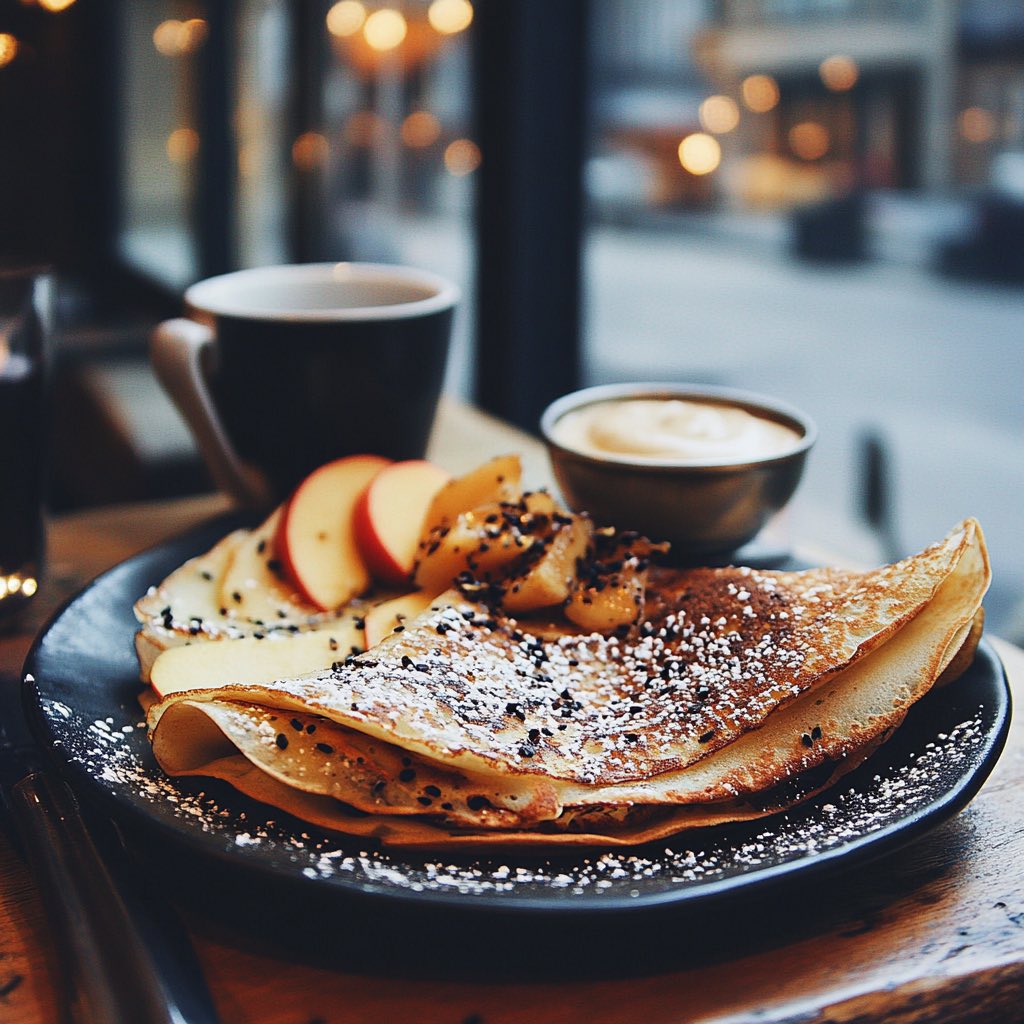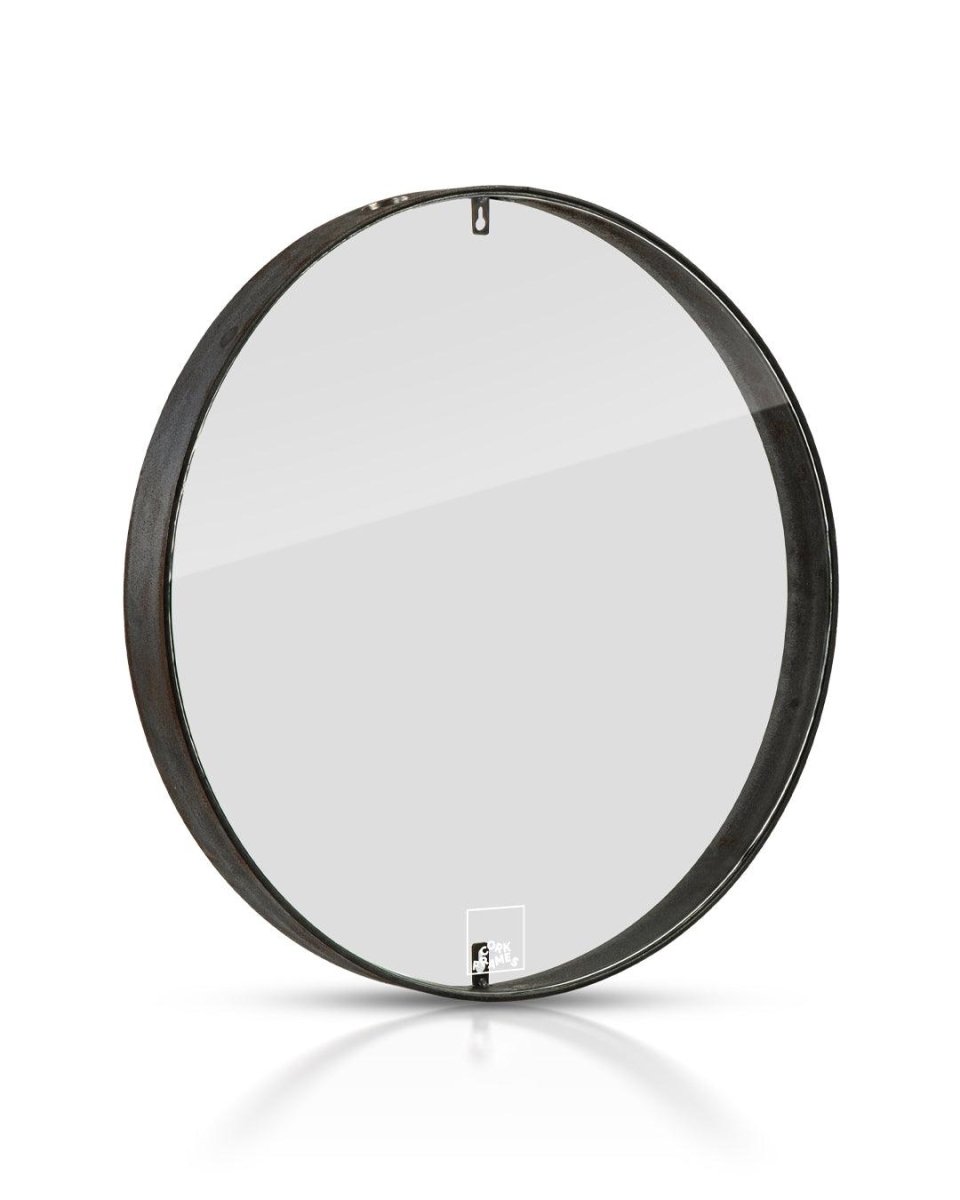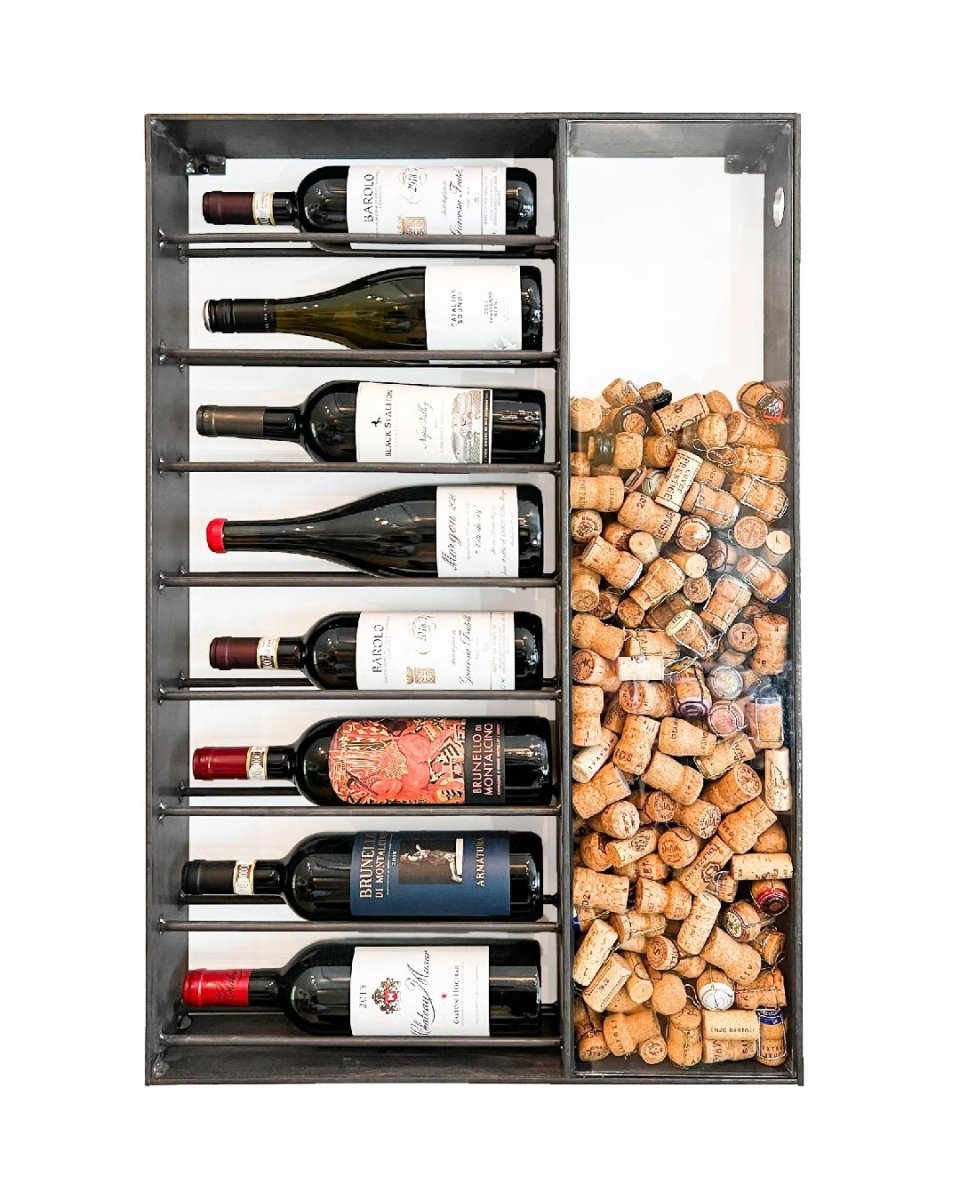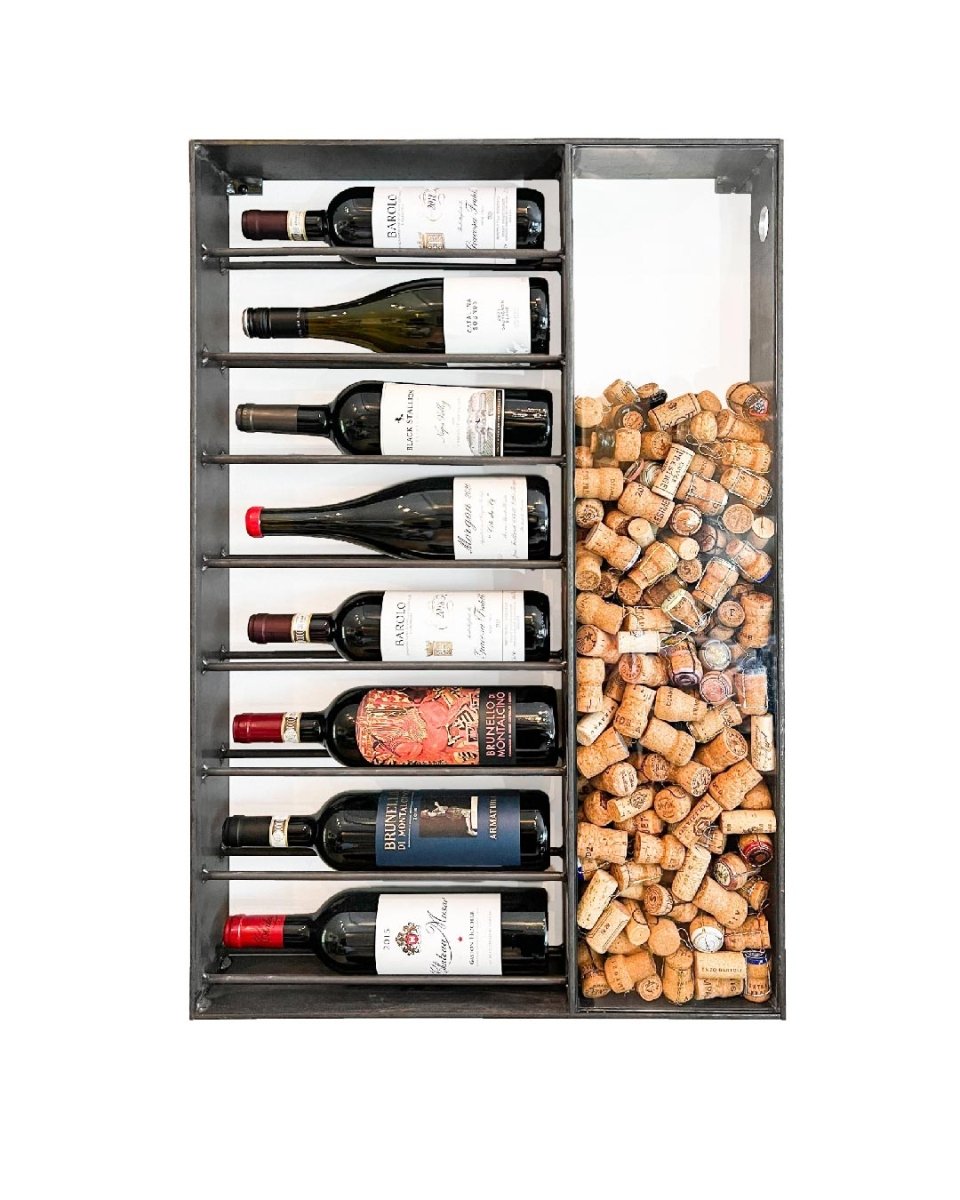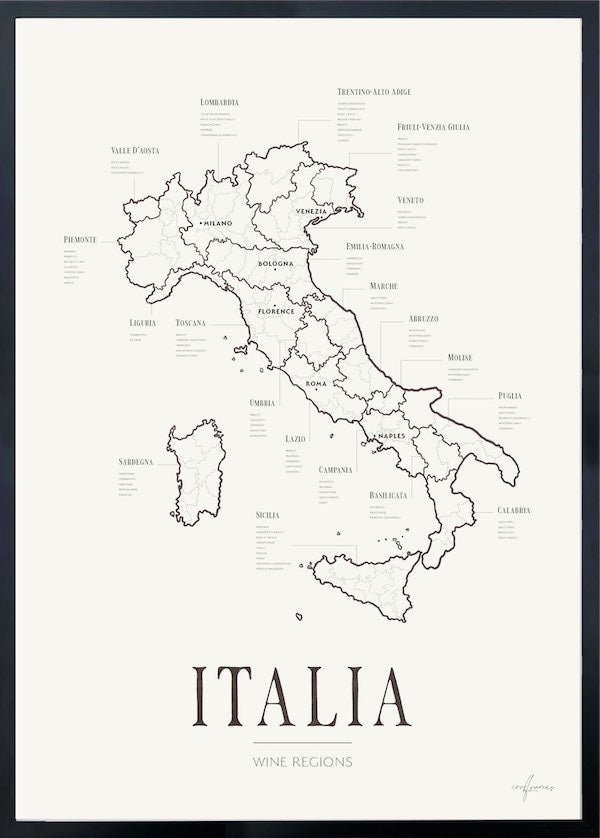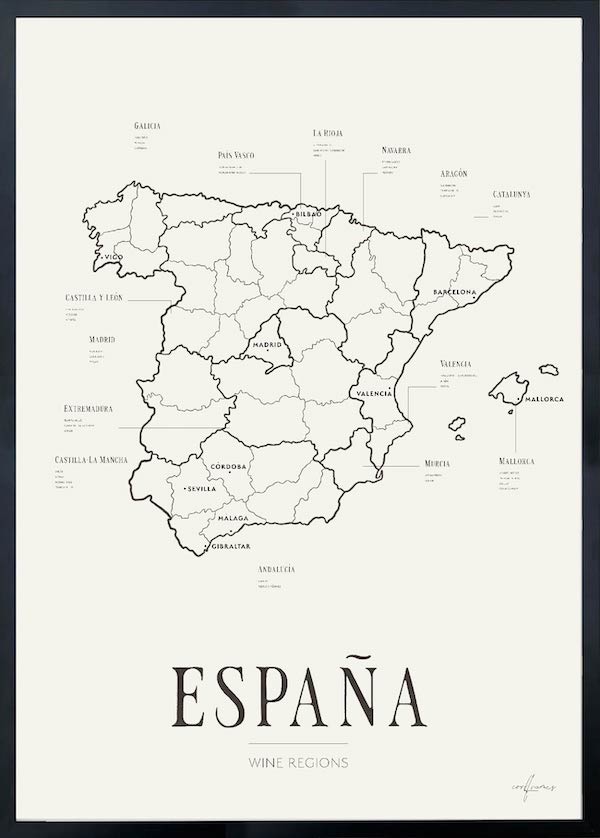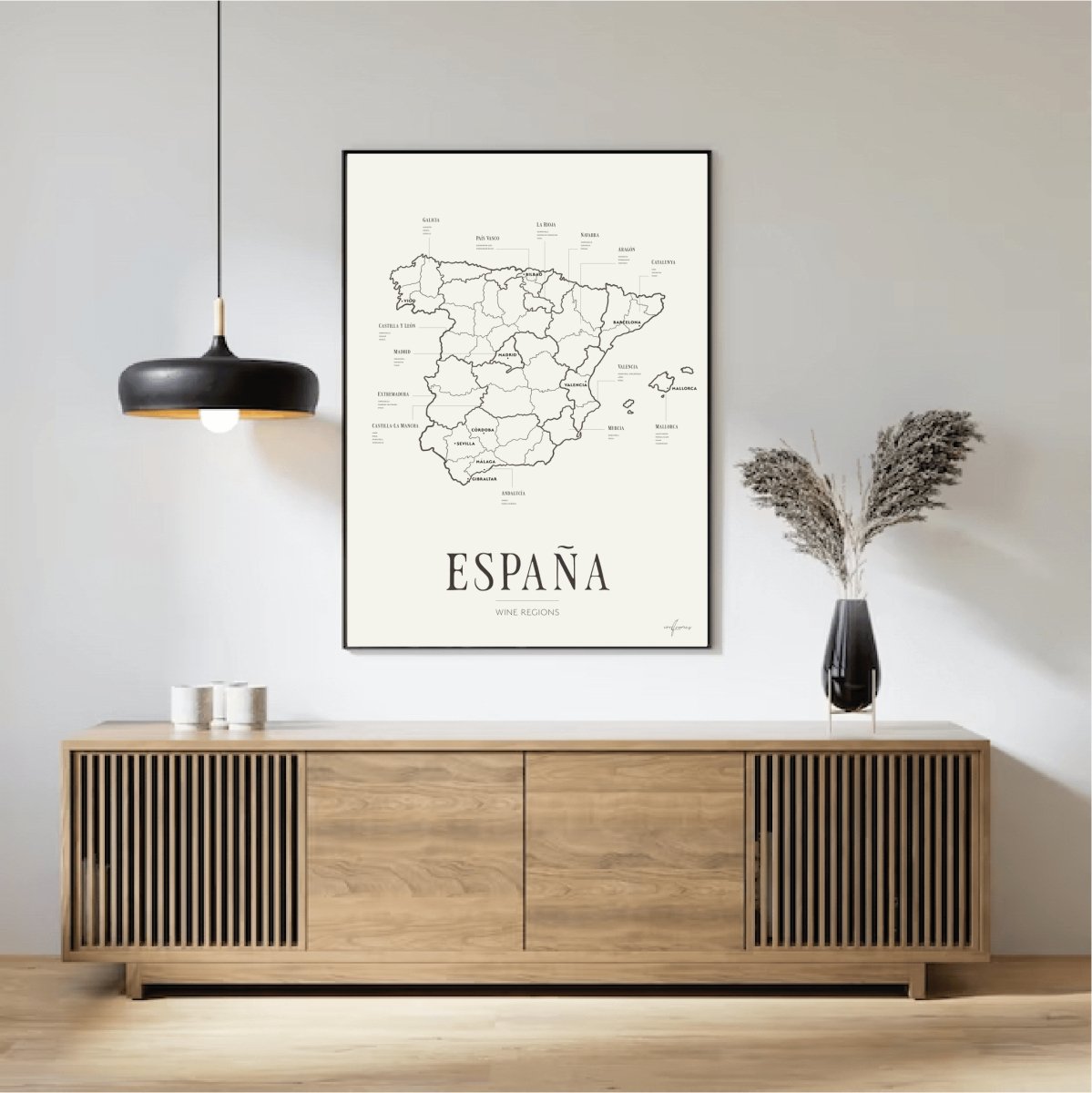If you’re a fan of small plates packed with flavor, Spain is a culinary dream. Most people are familiar with tapas – those bite-sized dishes served with drinks all across the country. But have you heard of pintxos?
If so, chances are you’ve been in northern Spain, specifically the Basque Country. Pintxos (or pinchos) are a creative, refined, and deeply traditional culinary style with a personality all their own – even if they may resemble tapas at first glance.
What are Pintxos?
The word pintxo comes from the Spanish verb pinchar, meaning “to poke” or “to skewer.” True to the name, a traditional pintxo is served on a slice of bread, with various ingredients artfully stacked on top and held together with a toothpick or skewer. It’s not just a snack – it’s a miniature work of art, both visually and in flavor.
Unlike tapas, which are often shared around a table, pintxos are usually individual portions. They’re typically enjoyed while standing at the bar, accompanied by a glass of wine, cider, or beer. It's common to go on a pintxos crawl, hopping from bar to bar to try different specialties – each place has its own signature creations.
Tapas vs. Pintxos – What’s the Difference?
While both tapas and pintxos are served in small portions, there are some clear differences:
| Tapas | Pintxos |
|---|---|
| Originated in southern Spain, especially Andalusia | Originated in northern Spain, especially the Basque Country |
| Often shared at the table | Served as individual portions |
| Doesn’t necessarily include bread | Almost always served on a slice of bread |
| Rarely uses skewers or toothpicks | Typically held together with a toothpick |
| Ordered from a menu or served at the table | Usually displayed on the bar for self-service |
A Brief History
Pintxos culture began in the 1930s in San Sebastián, a city now famed for its gastronomy. Bar owners started placing small food items on slices of bread, both to attract customers and to offer a quick bite to go with a drink. The idea took off, and over time pintxos evolved into a beloved tradition and a true culinary art form.
Today, pintxos range from rustic classics to avant-garde creations at Michelin-starred restaurants – but the core idea remains: a burst of flavor in a single bite.
Popular (and Beloved) Pintxos
There are as many pintxo variations as there are bars in San Sebastián – but here are a few you’re likely to encounter:
-
Gilda – arguably the most iconic pintxo. A skewer of green olive, pickled chili pepper, and anchovy – salty, tangy, and slightly spicy.
-
Txaka – a creamy crab salad (often imitation crab) with mayonnaise, served on bread, sometimes topped with hard-boiled egg.
-
Tortilla de patatas – Spanish potato omelet in miniature form.
-
Chorizo al vino – slices of spicy sausage cooked in red wine, served on bread.
-
Bacalao a la vizcaína – salt cod in a rich Basque-style red pepper sauce.
-
Foie gras with apple compote – a modern favorite that combines sweet and savory flavors beautifully.
Pintxos – A Treat for Wine Lovers
For wine enthusiasts, pintxos offer a special kind of joy. Their small size makes it easy to pair them with different wines, turning each bar visit into a personalized tasting experience. Local wines like those from Navarra or Rioja are common choices – or try a glass of txakoli, the lightly sparkling white wine native to the Basque Country.
And there’s something undeniably charming about the ritual itself: standing at a bar, selecting a few delicious little bites, sipping a glass of wine – and then moving on to the next place. It’s social, relaxed, and deliciously satisfying.
Want to bring a touch of Basque charm to your own home? Try setting up a pintxos board at your next wine tasting – and let guests pick their favorites. And don’t forget to save the corks from the evening; after all, every great wine moment deserves a proper home. You know where they belong – in a Corkframe.



